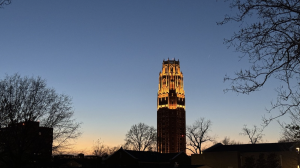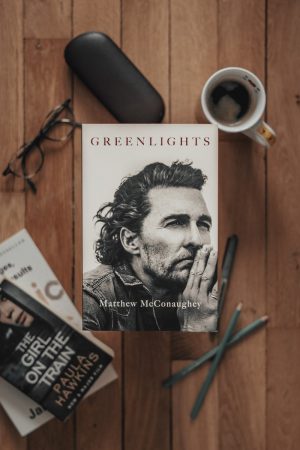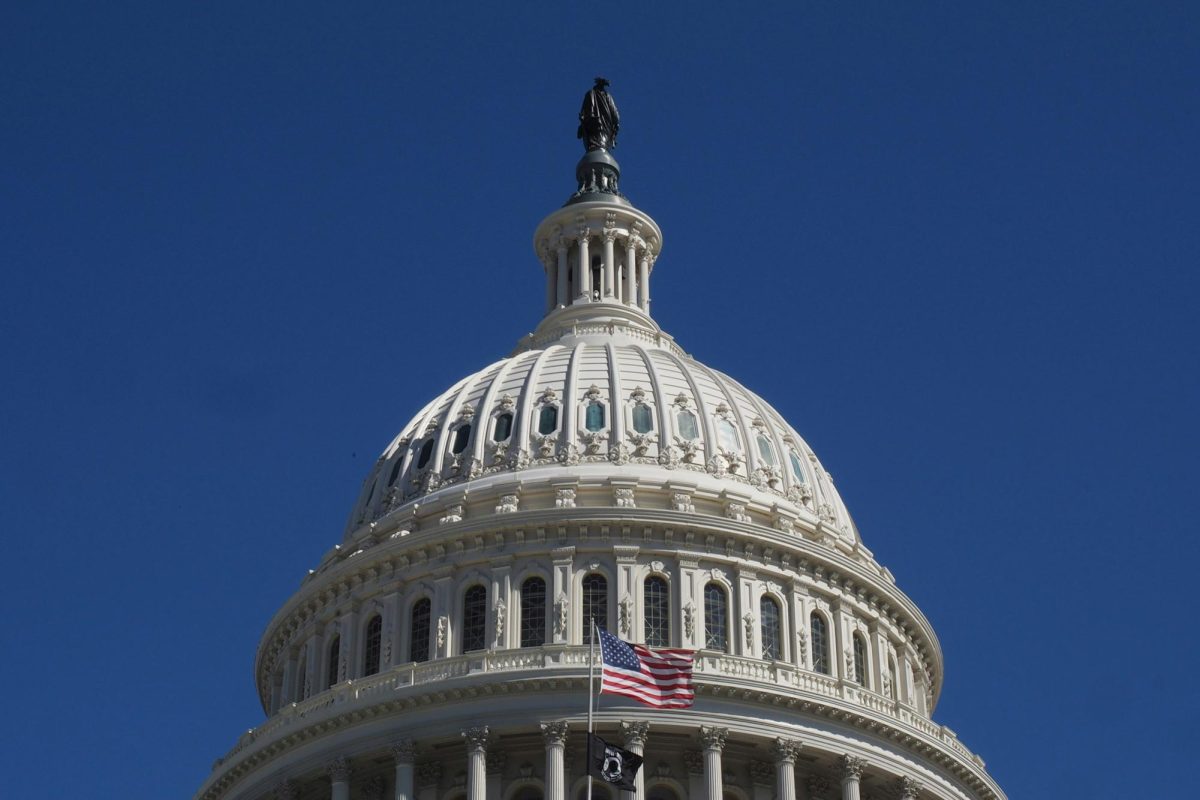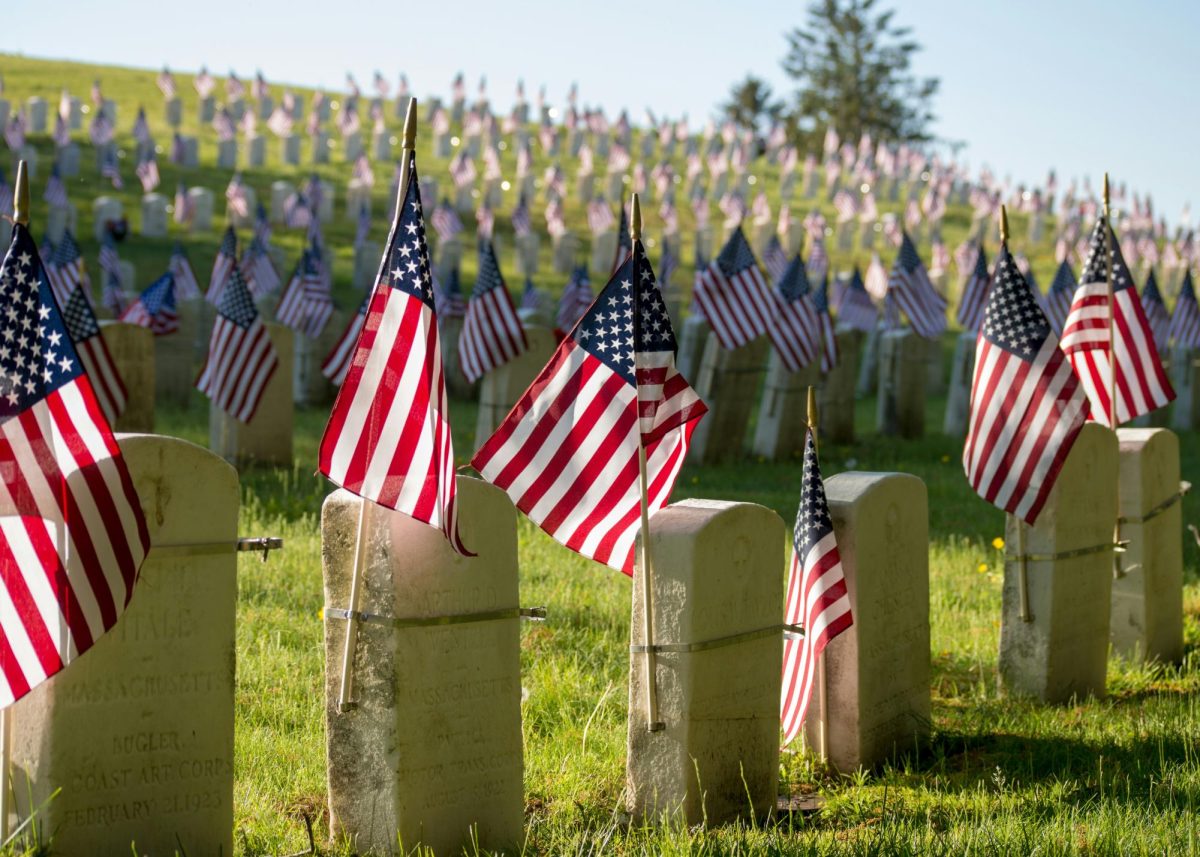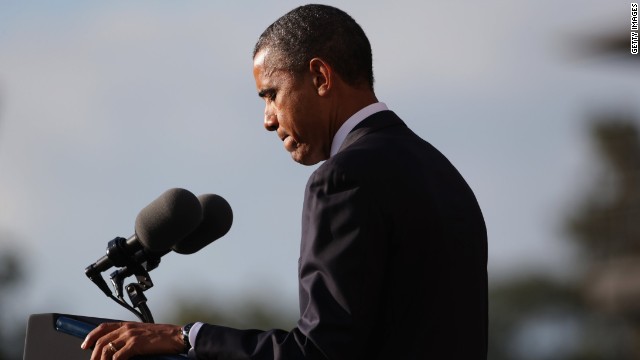
In an all too familiar scene this past Monday at Sparks Middle School in Sparks, Nevada, math teacher Mike Landsberry died protecting students from a 12-year old classmate wielding a Ruger 9mm semi-automatic pistol. In addition to the 12 fatalities of the Navy Academy Shooting in September, and the three deaths and two injuries after a shooting rampage in Florida last week, two more students were injured and a teacher was killed before the 12-year old shooter turned the gun on himsel. The two deaths in this tragedy, a brave schoolteacher and a tormented, bullied child, have plunged a community into despair and deeply saddened parents across the nation. Such a tragedy seems like it ought to motivate the nation into action. The heartbreaking reality, though, is that gun violence has become a norm in the United States.
What happened to the heartbreak, sorrow, and despair that plagued the nation after a troubled man massacred twenty innocent children and six teachers in Newtown, CT last December? According to a gun-related death counter by Slate based on statistics from the Center for Disease Control, there have been at least 28,077 gun-related deaths in the United States since that tragedy. This is more deaths than American forces have suffered in the Afghanistan War and Iraq War combined, yet Congress has failed to pass any legislation in response to President Obama’s emotional pleas for change.
It is time we ask, “When is enough, enough?”
It is absolutely true that the 2nd Amendment Constitution grants us the right to bear arms, but what have been the main arguments against gun control? Gun enthusiasts have argued that guns protect good people from criminals, and possession of firearms is often crucial in rural communities where hunting plays a large role in the economy. Further, gun-rights advocates assert, widespread gun ownership would reduce gun deaths by deterring criminals from attacking potential gun-carriers.
This argument, though valid in many ways, misses the trend we have seen in the United States in the past twenty years. More often than we care to admit, gun homicides happen at the hands of shooters that no one suspects to be criminals beforehand. Classmate Amaya Newton even described the Nevada child who shot his classmates on Monday as “a really nice kid. He would make you smile when you were having a bad day.”
The tragic irony here is that the teacher who died on Monday, Mike Landsberry, was a former marine who had served in Afghanistan. After more than a decade of war, the nature of the threat to American servicemen has changed. Today, one of the main threats to American troops overseas is “insider attacks,” where a uniformed member of the Afghan military or an attacker in American military uniform suddenly opens fire on his comrades, but in reality, insider attacks are not limited to the military. Landsberry fell prey to an insider attack in the confines of a suburban middle school. As we have seen too many times, tormented American children with easy access to guns are just as capable of insider attacks as trained Taliban militants.
Unless we, as Americans, are willing to accept the needless murder of innocents, then our responsibilities with respect to gun rights are twofold. First, we must implement better safety mechanisms for keeping guns in the hands of their rightful owners, and tighten screening methods for deciding who may own a gun. Second, we must apprehend and aid psychologically unstable citizens before they unleash their agony in a spray of bullets.
It is clear that no one has yet implemented an effective method for apprehending potential shooters before they resort to violence, but state governments would do well to redouble anti-bullying campaigns. With respect to this past week’s shooting, some have speculated that the shooter resorted to violence because he had been bullied in school. According to reports by the shooter’s classmates, he held them in a corner at gunpoint and cried out, “You guys ruined my life, so I’m going to ruin yours,” before wounding another student and turning the gun on himself.
After the fact, we cannot accurately speculate about whether a more effective anti-bullying campaign would have stopped the shooter from resorting to violence. Moving forward, though, state governments could combat school shootings by improving psychological counseling outlets in public schools, and examining why our current system has failed us.
While many political debates raise serious issues, the debate over guns in America is very literally life-and-death. As President Obama grieved with the families of the 12 victims of the September Navy Yard shootings, he wrapped it up perfectly: “We can’t accept this. [. . .] There’s nothing normal about children dying in our streets from stray bullets.”
[Image credit: http://i2.cdn.turner.com/cnn/dam/assets/130922183838-02-obama-navy-yard-memorial-story-top.jpg]

